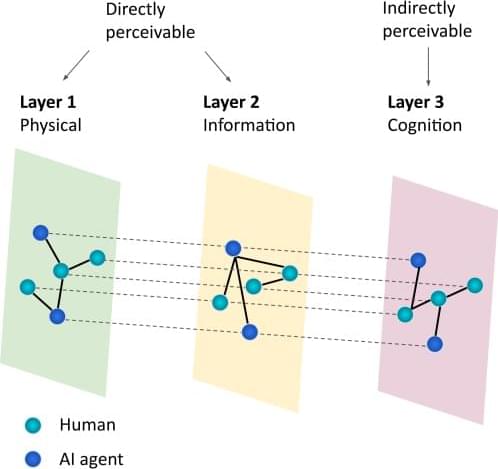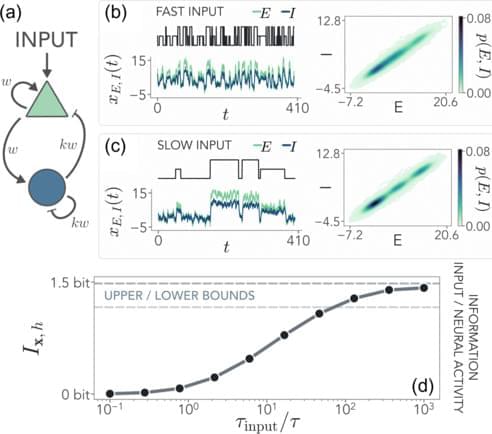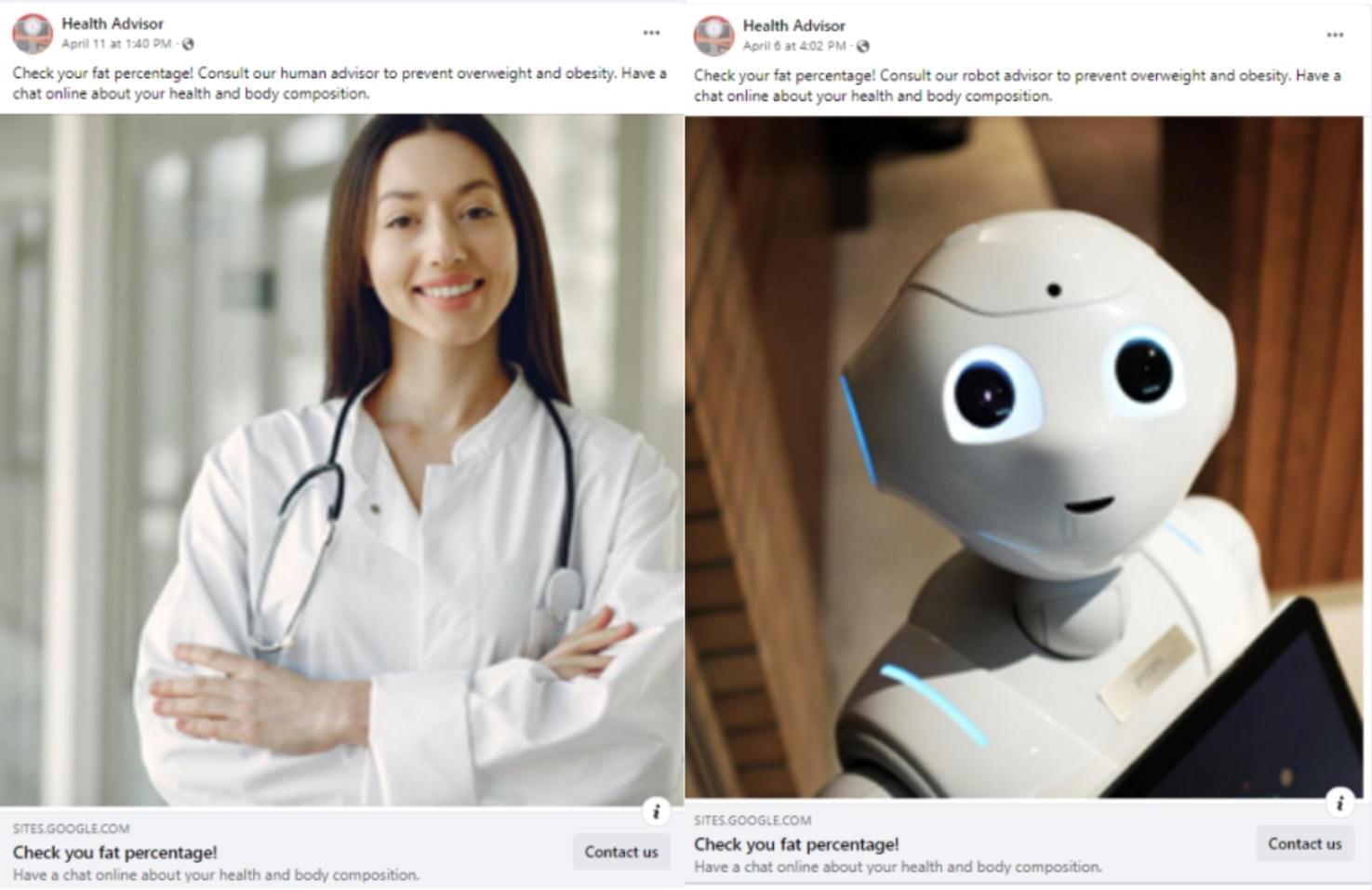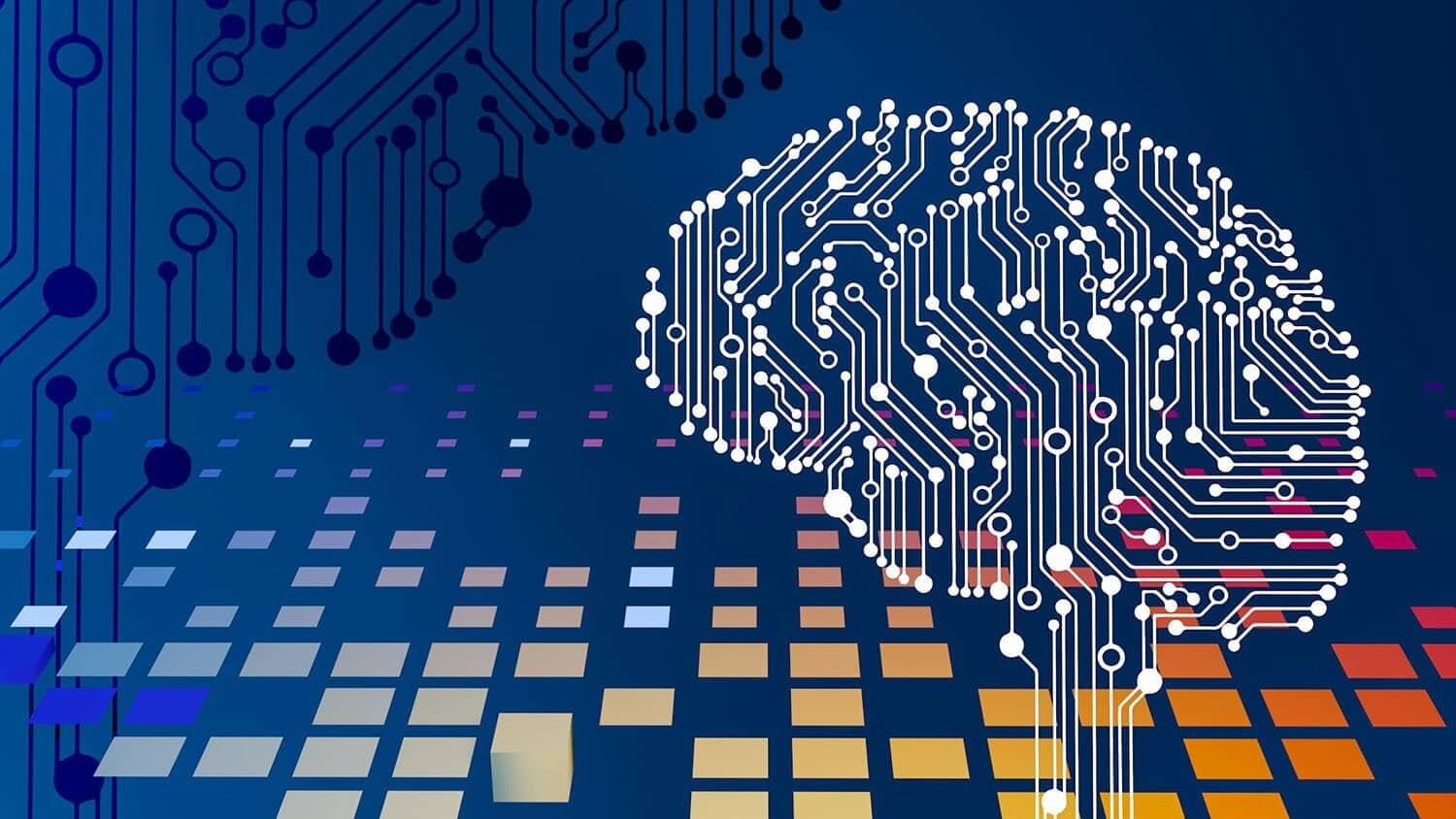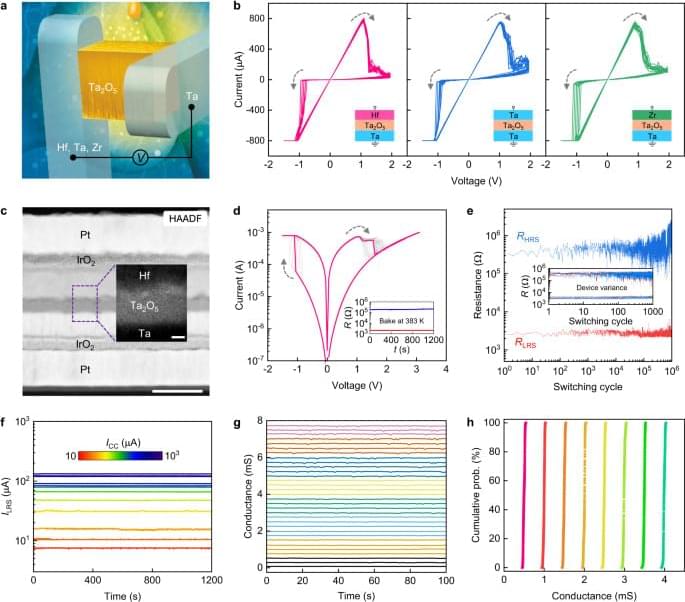Current societal challenges exceed the capacity of humans operating either alone or collectively. As AI evolves, its role within human collectives will vary from an assistive tool to a participatory member. Humans and AI possess complementary capabilities that, together, can surpass the collective intelligence of either humans or AI in isolation. However, the interactions in human-AI systems are inherently complex, involving intricate processes and interdependencies. This review incorporates perspectives from complex network science to conceptualize a multilayer representation of human-AI collective intelligence, comprising cognition, physical, and information layers.
